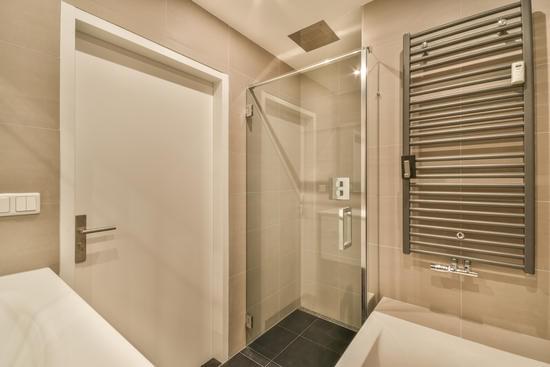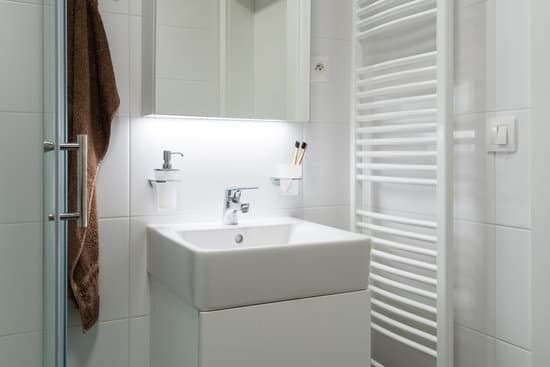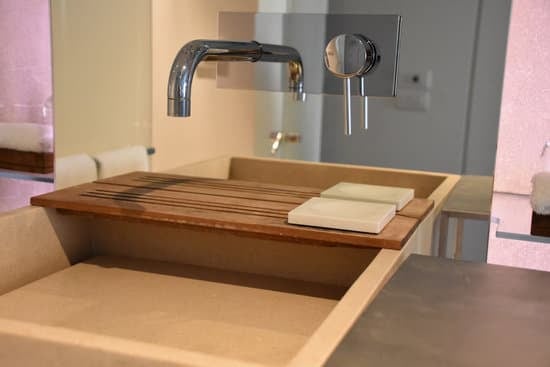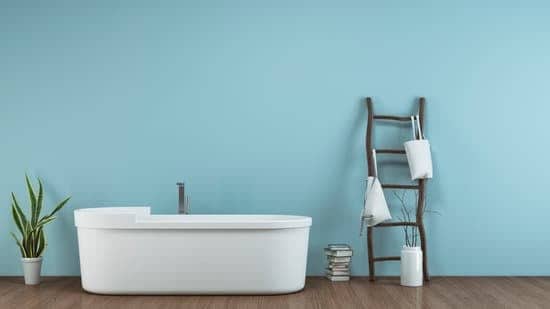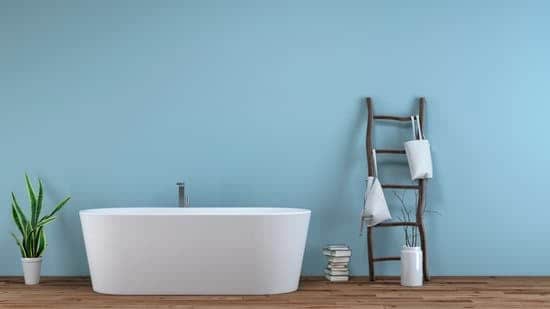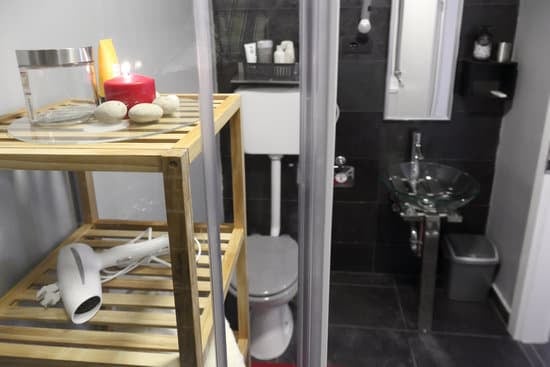Are you considering adding a bathroom to your basement? Wondering if it’s worth the investment? Look no further! In this article, we’ll explore just how much value a basement bathroom can add to your home. From increased convenience and functionality to potential return on investment, we’ll cover all the benefits that come with this addition. So, whether you’re looking to expand living space or enhance home value, read on to discover why a basement bathroom might be the perfect upgrade for you.
Increased Convenience and Functionality
Having a basement bathroom adds value by increasing the convenience and functionality of the space. It provides increased accessibility, making it easier for everyone to use the facilities without having to go upstairs. This is especially important for individuals with mobility issues or elderly family members who may struggle with stairs. The presence of a basement bathroom also improves home comfort by reducing the need to climb stairs in the middle of the night or during inclement weather. It offers peace of mind knowing that a bathroom is readily available on every level of your home, ensuring safety and convenience for all occupants. With an added basement bathroom, you can enjoy enhanced accessibility and improved home comfort, making your living space more convenient and functional for everyone in your household.
Potential Return on Investment
Investors can expect a favorable return on adding a bathroom to their basement. When considering the cost, it’s important to weigh the potential benefits. A basement bathroom adds convenience and functionality, increasing the overall value of your property. In terms of maintenance requirements, regular cleaning and occasional repairs may be needed, but they are minimal compared to the advantages gained. Installing quality fixtures and materials will ensure durability and longevity, reducing the need for frequent updates. Additionally, proper ventilation will prevent moisture buildup and potential damage to walls or flooring. By investing in a basement bathroom, you not only enhance your daily comfort but also increase the appeal of your home to potential buyers in the future.
Expanded Living Space
Expanding your living space with a basement bathroom can greatly improve the functionality and comfort of your home. Not only does it provide an additional bathroom for you and your family, but it also adds value to your property. When considering this renovation, it is important to factor in the cost of the project. The renovation cost will depend on various factors such as the size of the bathroom, materials used, and any additional features you choose to include. Additionally, plumbing installation plays a crucial role in this process. Ensuring proper plumbing connections are made is essential for safety and functionality. Hiring a professional plumber who specializes in basement bathroom installations is highly recommended to ensure everything is done correctly. By investing in a basement bathroom, you not only enhance your living space but also increase the overall value of your home.
Enhanced Home Value
By installing a basement bathroom, you can significantly improve the resale potential of your home. Not only does it provide convenience and functionality, but it also adds value to your property. When potential buyers are looking for a new home, having an additional bathroom in the basement can greatly increase the property appraisal. It shows that you have taken the time and effort to enhance your living space, making it more attractive to buyers. Furthermore, an extra bathroom improves the property marketability as it appeals to a wider range of people with different needs and preferences. Having multiple bathrooms in a house is often seen as a desirable feature and can help set your home apart from others on the market. So, if you want to maximize your home’s value and make it more appealing to potential buyers, consider adding a basement bathroom today!
Appeal to Potential Buyers
When selling your home, it’s important to consider how appealing it is to potential buyers. Adding a basement bathroom can greatly increase the market demand for your property. Here are four reasons why potential buyers prefer homes with basement bathrooms:
- Convenience: Having an extra bathroom in the basement provides added convenience for large families or when hosting guests.
- Privacy: A basement bathroom offers a secluded space away from the main living areas, providing privacy and comfort.
- Accessibility: Buyers appreciate having a bathroom on each level of the house, making it easier for everyone to access facilities without climbing stairs.
- Safety: In case of emergencies or power outages, having a functional bathroom in the basement ensures that occupants have a backup option available.
By considering potential buyer preferences and incorporating these safety measures, you can enhance the appeal of your home and attract more interested buyers in today’s competitive real estate market.
Conclusion
So, if you’re considering adding a bathroom to your basement, you’ll be happy to know that it can add significant value to your home. Not only does it provide increased convenience and functionality for you and your family, but it also expands your living space and appeals to potential buyers. With the potential for a high return on investment, adding a basement bathroom is definitely worth considering when looking to increase the value of your home.

